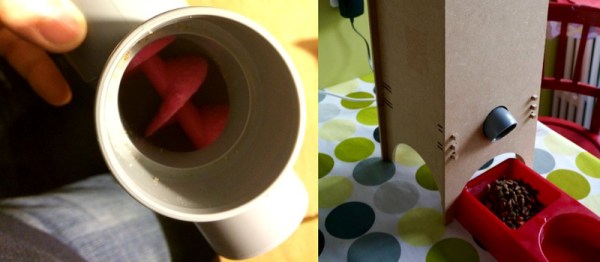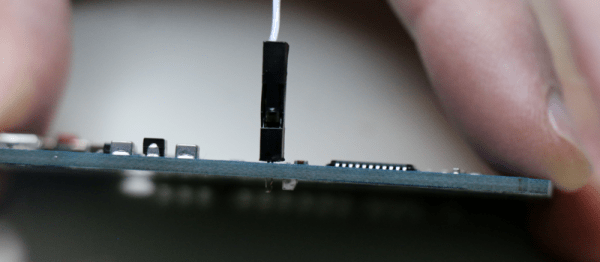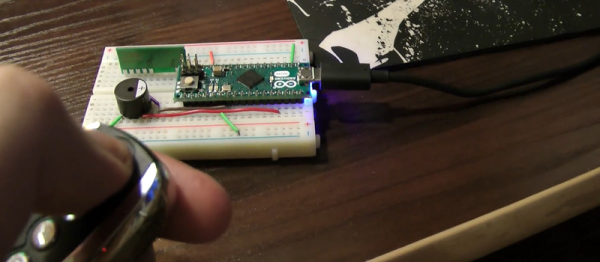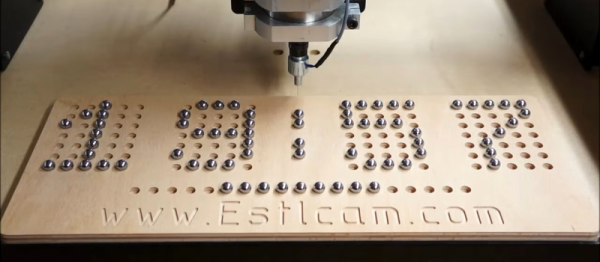There are few projects that we see as many iterations of as the pet feeder or the plant waterer. (What is it with you people? Are you all as forgetful as we are?) Still, the fun is in the details of the implementation. Or at least that’s the case with [Emmaanuel]’s cat feeder.
The writeup is split into three parts: the worm-drive, the electronics, and the housing (here in English: worm, electronics, housing). And of course, there’s a video inlined below.
The auger and motor housing make great use of PVC pipe and 3D printing, and the dispenser unit looks quite professional. There’s not all that much to say about the electronics — an Arduino clone, an LCD, and a cheap gear motor do just about what you’d expect.
The CNC’ed case with spring-fit tabs steals the show, however. It’s made out of MDF, which doesn’t take well to screwing or glueing. With carefully routed pins and tabs that have a little spring in them, [Emmaanuel] was able to take the pieces off the mill table and just snap them together. Awesome.


















